Salt favours highway plant invasion
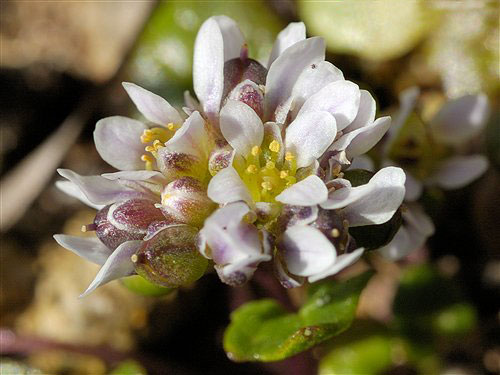
A quiet change is happening on the verges of Switzerland's motorways: new plants are moving in, often transported over long distances in the wheels of trucks and cars.
Furthermore, the salt used to de-ice roads in winter has had a severe impact on habitat, driving out such common wayside plants as daisies and dandelions, and enabling salt-tolerant plants to take root.
As a result, some plants which used to be found only on the coast are moving inland.
Botanist Raymond Delarze, who runs an environmental consultancy, was stuck in a traffic jam with a colleague back in 2003; they were intrigued by the flowers on the central reservation. One of them hopped out and collected some: it turned out to be Danish scurvy-grass, which grows all along the coast from Scandinavia to northern Spain, but had never been reported in Switzerland.
“It’s very interesting for botanists to see how, by creating special, totally artificial conditions, we have species appearing in response to these conditions,” Delarze told swissinfo.ch. “They have succeeded in colonising a biotope which is favourable to them.”
The more familiar plants, unable to put up with saline conditions, are no longer in a position to compete with the newcomers.
Takeover
While their spread is undoubtedly the consequence of human activity – not only the salting of roads, but the construction of the road network itself – the way it works out is unpredictable.
The takeover has been happening over the past 50 years or so. Some of the newcomers have moved gradually: their presence was documented in France and Germany before they turned up in Switzerland. Others have appeared suddenly, far from any previously known location.
Yet other newcomers were present in small numbers for years, barely noticed, and then suddenly spread, as Dr Michael Nobis, a biologist at the Federal Institute for Forest, Snow and Landscape Research, told swissinfo.ch.
“Often we don’t know the precise mechanism behind this,” he admitted.
Many of the plants – like the scurvy-grass, the buck’s horn plantain, or the salt sandspurry – are very modest and unlikely to strike the non-biologist. But others are quite noticeable, like the bright-yellow narrow-leaved ragwort, a type of groundsel which originated in southern Africa and now provides a burst of colour alongside many motorways.
It came to Europe a long time ago, imported in raw wool, Nobis explained, but it has only recently started to spread. It has been documented in the Swiss plateau area only in the past decade.
Like the plants from European coastal areas, it has probably benefited from the gap in the habitat caused by the salting of the roads.
A long history
In recent years there has been a lot of publicity about harmful invasive plants arriving in Switzerland, most notably the common ragweed from North America and the giant hogweed from the Caucasus, both of which are damaging to human health.
But in itself there is nothing new, and nothing sinister, about the arrival of species, as Nobis points out.
“At a time when we are speaking of climate change, it is certain that some plants are obliged to move elsewhere, so of course new species are arriving in different places,” he said.
Of the 3,000 or so flowering plant species in Switzerland, 350 or so are categorised as neophytes, plants which have arrived since about 1500 and the discovery of the Americas.
Environmental impact
An important difference needs to be made between plants which can grow anywhere – which include both hogweed and ragweed – and those requiring a special environment.
“Species which are able to colonise different habitats may certainly exploit the road network to get here but can then expand, while the salt-tolerant plants are obliged to grow by roadsides,” Delarze explained.
If salting were to stop, Delarze doubts whether the newcomers would be able to survive, since they would be pushed out again by competitors.
But if these plants are in themselves no threat to the native flora, what about their impact on the wider environment? It is possible that insects which depend on the newcomers could follow their host plants and immigrate to Switzerland, Delarze said, but this does not seem to have happened yet.
Harmful species account for only a small proportion of neophytes. And Nobis played down the current overall impact of neophytes on terrestrial native plants. The main threat to them in Switzerland is still changes in land use, especially in agriculture. “And some neophytes make a positive contribution, by providing nectar and pollen,” he said.
Better still, some have even been discovered as a food source by endangered insect species.
“But we cannot make a blanket judgement as to whether neophytes are good or bad. Both aspects exist,” he said.
Julia Slater, swissinfo.ch
Salt tolerant plants have started colonising the verges of roads in Switzerland.
Newcomers which have been discovered include:
Cochlearia danica – Danish scurvy-grass
Plantago coronopus – buck’s horn plantain
Catopodium loliaceum – sea fern-grass
Spergularia salina – salt sandspurry
Puccinellia distans – weeping alkali grass
The United Nations has declared 2010 the International Year of Biodiversity.
Biological diversity, or biodiversity, is the number of species – animals, plants and microorganisms – found in a certain area. The concept also includes the genetic variability of these species, since no organism is absolutely identical to any other.
Biodiversity also covers the variety of communities in which these species live.
The rapid decline in biodiversity worldwide is largely due to human activities, in particular urbanisation and intensive agriculture.
At the Earth Summit in Rio in 1992 world leaders set targets to save the planet from species extinction with the Convention on Biological Diversity – a non-binding treaty which sets out goals, policies and general obligations.
Ten years later at the Johannesburg Earth Summit, they agreed to try to reverse the decline by 2010.
In Switzerland the Biodiversity Monitoring (BDM) is a national survey programme which involves the regular mapping and countries of plant and animal species in specific well-defined areas.
The BDM is part of the tasks laid down by the Rio Convention.

In compliance with the JTI standards
More: SWI swissinfo.ch certified by the Journalism Trust Initiative
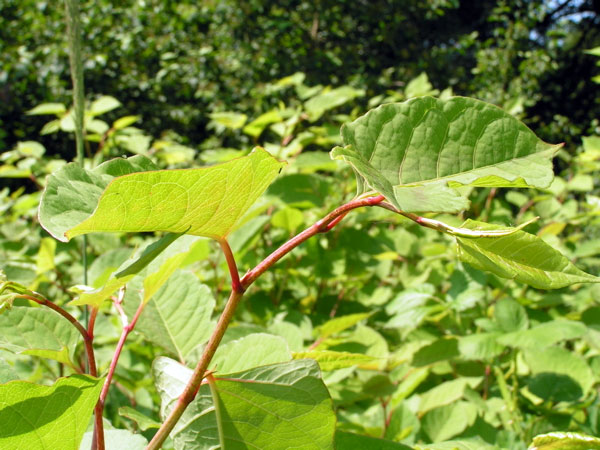
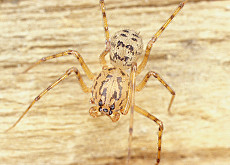
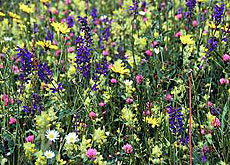
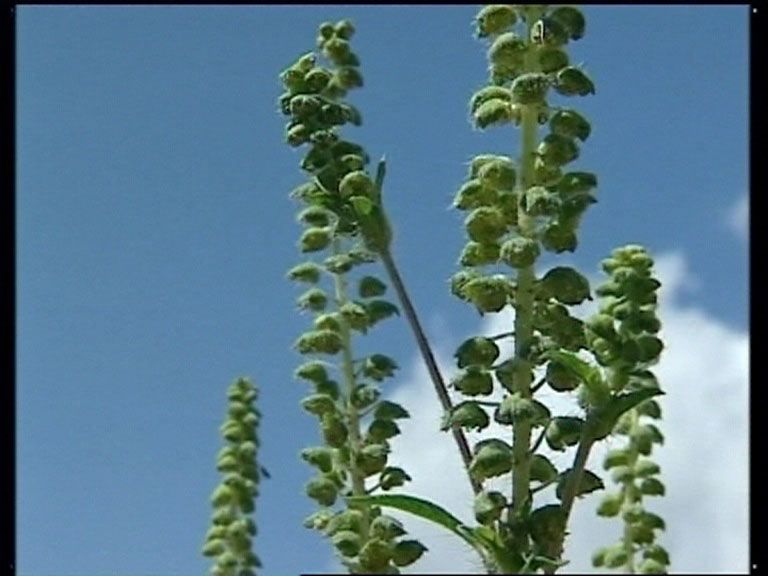
You can find an overview of ongoing debates with our journalists here. Please join us!
If you want to start a conversation about a topic raised in this article or want to report factual errors, email us at english@swissinfo.ch.